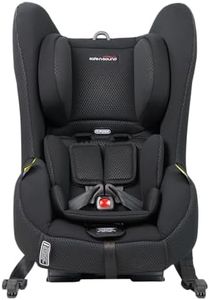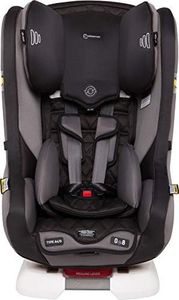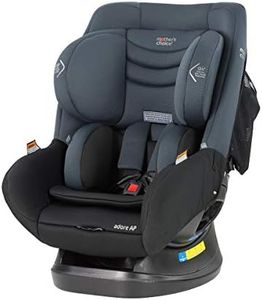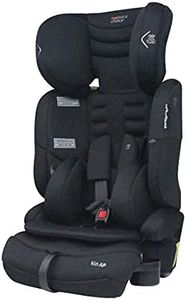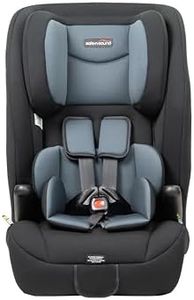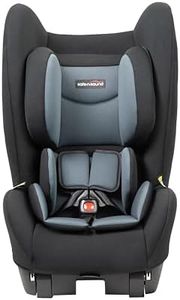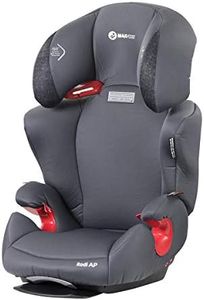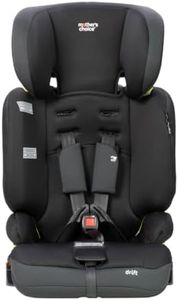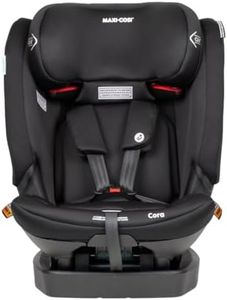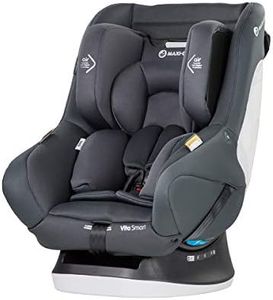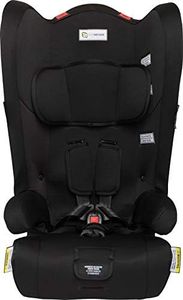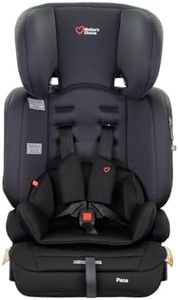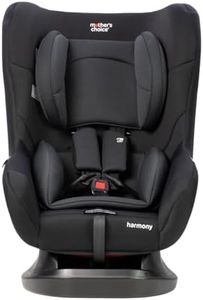We Use CookiesWe use cookies to enhance the security, performance,
functionality and for analytical and promotional activities. By continuing to browse this site you
are agreeing to our privacy policy
10 Best Narrow Car Seats
From leading brands and best sellers available on the web.Buying Guide for the Best Narrow Car Seats
Choosing a narrow car seat can make a huge difference if you have a small car or need to fit several car seats in a row. While safety is always the top priority, the right fit for your car and lifestyle is just as important. Focus on key features that affect comfort, installation, and usability, because something that works well for one family may not be perfect for another. Carefully measure your back seat and consider your child’s age and size to ensure you pick a car seat that gives both a secure installation and the comfort your child needs.Width of the SeatThe width of a car seat is simply how much space it takes up side-to-side, and it's the most important feature when looking for a narrow car seat. Seats typically range from under 17 inches to over 19 inches wide. Seats under 17 inches are best for fitting three across in compact cars or if you have limited space. Seats around 18 inches work well for moderate-sized vehicles or if you only need two seats side by side. Measure your car’s back seat and consider if you need to fit multiple car seats or leave space for an adult passenger. Don’t guess—it's always helpful to try a measurement with masking tape on your seat before buying.
Installation MethodThere are generally two ways to secure a car seat: using the vehicle’s seat belt or the LATCH (Lower Anchors and Tethers for Children) system. Some narrow seats are easier to install correctly with one method over the other. If you’ll be moving the seat between different cars or fitting several seats together, look for simple and clearly marked installation systems. If you find installation challenging, some seats have color-coded guides or special mechanisms to help. Consider your comfort and experience with car seat installation when making your choice.
Type of Car SeatCar seats come in different types: infant, convertible, and booster. Infant seats are made for newborns and usually face the rear; convertible seats can be used rear- and forward-facing as your child grows; boosters help position older kids for the seat belt. Some types are naturally bulkier than others. If you’re buying for a newborn, a narrow infant seat may be lighter and easier to carry. Convertible seats that stay in the car may have more adjustable harness heights but can be wider, so look for models specifically made for compact spaces.
Padding and ComfortPadding adds to a child’s comfort but too much bulky padding can actually make a car seat wider. Slim seats may use thinner but firm padding. Check that the seat offers enough comfort without making the device too wide. If your child spends a lot of time in the car, balance slimness with adequate head and body support suited for longer trips. Try to imagine your child’s daily routine—commuting, errands, or travel needs—to find the level of comfort that works for you.
Harness AdjustabilityA car seat’s harness system secures your child for safety. Easy-to-adjust harnesses make it simpler to get a proper fit, especially as your child grows. Narrow seats sometimes have fewer adjustment positions, so if your child is taller or shorter than average, check whether the harness can be positioned properly at or above the shoulders for forward-facing use, or at or below for rear-facing. If adjustability is limited, your child may outgrow the seat sooner, so consider their size and growth rate.
Cup Holders and AccessoriesExtra features such as cup holders or storage trays can add convenience but also extra width to the car seat. Some seats have removable or foldable accessories to save space when fitting seats side-by-side. Think about your daily routine: if your child likes snacks and drinks on the go and you have enough space, these can be helpful; but if squeezing three seats next to each other is your goal, look for streamlined designs or seats where accessories can be left off.
